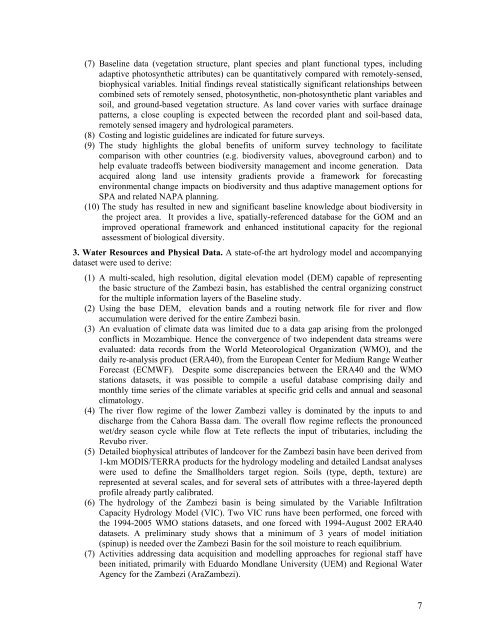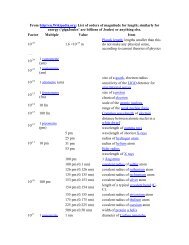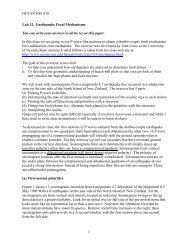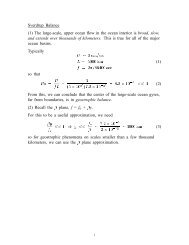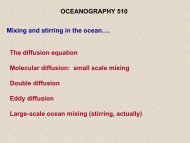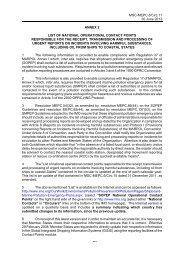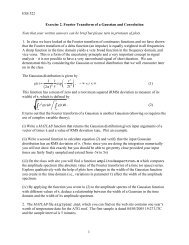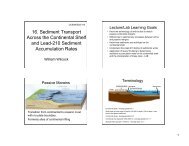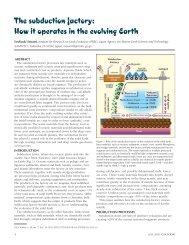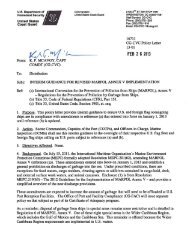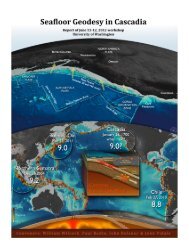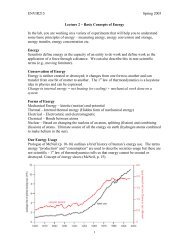LOWER ZAMBEZI RIVER BASIN BASELINE DATA ON LANDUSE ...
LOWER ZAMBEZI RIVER BASIN BASELINE DATA ON LANDUSE ...
LOWER ZAMBEZI RIVER BASIN BASELINE DATA ON LANDUSE ...
You also want an ePaper? Increase the reach of your titles
YUMPU automatically turns print PDFs into web optimized ePapers that Google loves.
(7) Baseline data (vegetation structure, plant species and plant functional types, includingadaptive photosynthetic attributes) can be quantitatively compared with remotely-sensed,biophysical variables. Initial findings reveal statistically significant relationships betweencombined sets of remotely sensed, photosynthetic, non-photosynthetic plant variables andsoil, and ground-based vegetation structure. As land cover varies with surface drainagepatterns, a close coupling is expected between the recorded plant and soil-based data,remotely sensed imagery and hydrological parameters.(8) Costing and logistic guidelines are indicated for future surveys.(9) The study highlights the global benefits of uniform survey technology to facilitatecomparison with other countries (e.g. biodiversity values, aboveground carbon) and tohelp evaluate tradeoffs between biodiversity management and income generation. Dataacquired along land use intensity gradients provide a framework for forecastingenvironmental change impacts on biodiversity and thus adaptive management options forSPA and related NAPA planning.(10) The study has resulted in new and significant baseline knowledge about biodiversity inthe project area. It provides a live, spatially-referenced database for the GOM and animproved operational framework and enhanced institutional capacity for the regionalassessment of biological diversity.3. Water Resources and Physical Data. A state-of-the art hydrology model and accompanyingdataset were used to derive:(1) A multi-scaled, high resolution, digital elevation model (DEM) capable of representingthe basic structure of the Zambezi basin, has established the central organizing constructfor the multiple information layers of the Baseline study.(2) Using the base DEM, elevation bands and a routing network file for river and flowaccumulation were derived for the entire Zambezi basin.(3) An evaluation of climate data was limited due to a data gap arising from the prolongedconflicts in Mozambique. Hence the convergence of two independent data streams wereevaluated: data records from the World Meteorological Organization (WMO), and thedaily re-analysis product (ERA40), from the European Center for Medium Range WeatherForecast (ECMWF). Despite some discrepancies between the ERA40 and the WMOstations datasets, it was possible to compile a useful database comprising daily andmonthly time series of the climate variables at specific grid cells and annual and seasonalclimatology.(4) The river flow regime of the lower Zambezi valley is dominated by the inputs to anddischarge from the Cahora Bassa dam. The overall flow regime reflects the pronouncedwet/dry season cycle while flow at Tete reflects the input of tributaries, including theRevubo river.(5) Detailed biophysical attributes of landcover for the Zambezi basin have been derived from1-km MODIS/TERRA products for the hydrology modeling and detailed Landsat analyseswere used to define the Smallholders target region. Soils (type, depth, texture) arerepresented at several scales, and for several sets of attributes with a three-layered depthprofile already partly calibrated.(6) The hydrology of the Zambezi basin is being simulated by the Variable InfiltrationCapacity Hydrology Model (VIC). Two VIC runs have been performed, one forced withthe 1994-2005 WMO stations datasets, and one forced with 1994-August 2002 ERA40datasets. A preliminary study shows that a minimum of 3 years of model initiation(spinup) is needed over the Zambezi Basin for the soil moisture to reach equilibrium.(7) Activities addressing data acquisition and modelling approaches for regional staff havebeen initiated, primarily with Eduardo Mondlane University (UEM) and Regional WaterAgency for the Zambezi (AraZambezi).7


